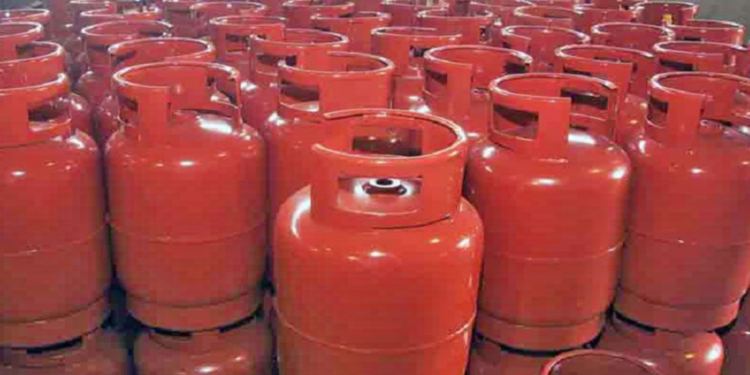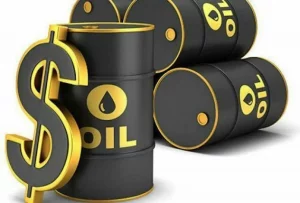
By David Akinmola
Nigeria’s much-celebrated rise in domestic liquefied petroleum gas (LPG) production is failing to translate into wider household use, as shrinking purchasing power keeps millions of families locked out of clean energy.
Despite an increase in local output from 57 per cent in late 2023 to nearly 80 per cent of consumption this year, consumption levels remain stagnant at about 1.4 million metric tonnes per annum — barely 28 per cent of the government’s five million metric tonnes target. The shortfall has left households reverting to firewood, charcoal and kerosene, undermining the country’s climate commitments and worsening health risks linked to indoor air pollution.
Industry leaders warn that unless government intervenes with targeted subsidies and infrastructure support, cooking gas will remain out of reach for low-income Nigerians. “The problem is not awareness but affordability,” said Oladapo Olatunbosun, President of the Nigerian Association of Liquefied Petroleum Gas Marketers (NALPGAM). “Wealthier Nigerians will continue to use LPG, but for the majority, it is now cheaper to cook with firewood.”
The Federal Government had pledged under its Paris Agreement commitments to shift 60 million households from biomass to gas by 2025. But with consumption stuck at less than a third of that goal, authorities have quietly moved the target to 2030. Even that, experts caution, may be unrealistic without a policy rethink.
Comparative models from India, Morocco and Niger show that government-backed subsidies, free cylinder distribution, and safety regulation were critical to driving mass adoption. Nigeria, however, has largely left pricing to market forces — at a time when inflation has eroded real incomes. “Cooking gas has become an elitist product,” observed former CIBN President, Professor Segun Ajibola. “The poor are retreating to kerosene and firewood, and the consequences for the environment and public health are dire.”
Some relief may come from the federal plan to distribute 1.7 million cylinders annually. Analysts, including Kreston Pedabo Partner, Olufemi Idowu, describe it as a “potential game changer” — but only if combined with subsidies for low-income households, stronger micro-distribution networks, and strict safety enforcement.
For now, Nigeria’s paradox persists: a nation with 209 trillion cubic feet of natural gas reserves but where clean cooking remains unaffordable for most citizens. Unless policies shift from boosting supply to making LPG accessible, the ambition of cleaner kitchens and greener energy will remain a distant promise.







